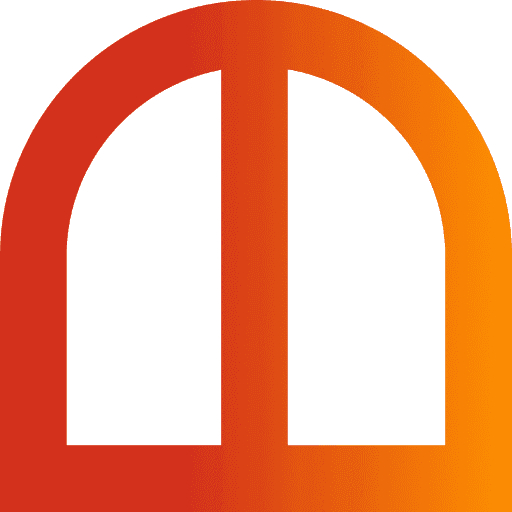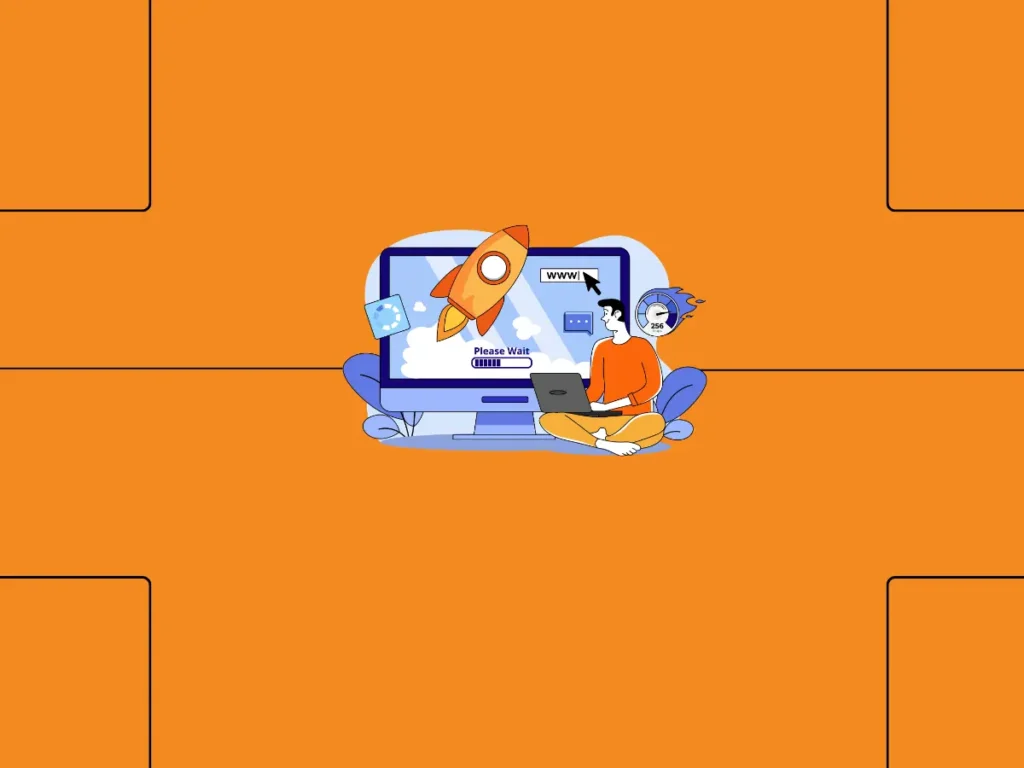
Did you know that the average landing page conversion rate is just 2.35%, while the top 25% convert at 5.31% or more? (LinkedIn) That gap isn’t just luck, it’s the result of smart strategy and continuous improvement. And at the heart of that improvement is Landing Page Optimization.
Whether you’re aiming for signups, sales, or leads, LPO helps you turn more of your visitors into action-takers. It often includes A/B testing, user behavior analysis, and performance changes and it’s a critical component of a bigger strategy called Conversion Rate Optimization (CRO).
In this guide, we’ll break down what Landing Page Optimization really is, why it matters for your business, and how to do it right. You’ll also get hands-on tips to help you build landing pages that don’t just look good but actually convert.
What is Landing Page Optimization?
Landing page optimization (LPO) is the process of fine-tuning the key elements of a landing page like the design, copy, forms, and calls-to-action to drive more conversions and get the most out of your marketing efforts.
Instead of guessing what works, LPO relies on data and testing to make informed improvements. The goal is simple to guide more visitors toward the action you want them to take, whether that’s signing up, submitting a form, or making a purchase.
LPO is about building a smooth, persuasive path between what your visitors are looking for and what your business offers. By analyzing user behavior and performance metrics, you can pinpoint exactly which parts of your page are helping or hurting your conversion rates and make changes that actually move the needle.
The Importance of Landing Page Optimization for Online Success
Here are the reasons why landing page optimization is important for your business:
1. Enhancing User Experience
Before you dive into the technical changes and A/B tests, you need to get one thing right, user experience. If your landing page isn’t easy to navigate, visually appealing, or relevant to your audience’s needs, you’ll lose them in seconds.
A well-optimized landing page guides visitors smoothly from the headline to the CTA, answering their questions and addressing their concerns along the way. It’s about making their journey seamless, intuitive, and satisfying because a great experience builds trust and keeps people engaged.
2. Maximizing Conversion Rates
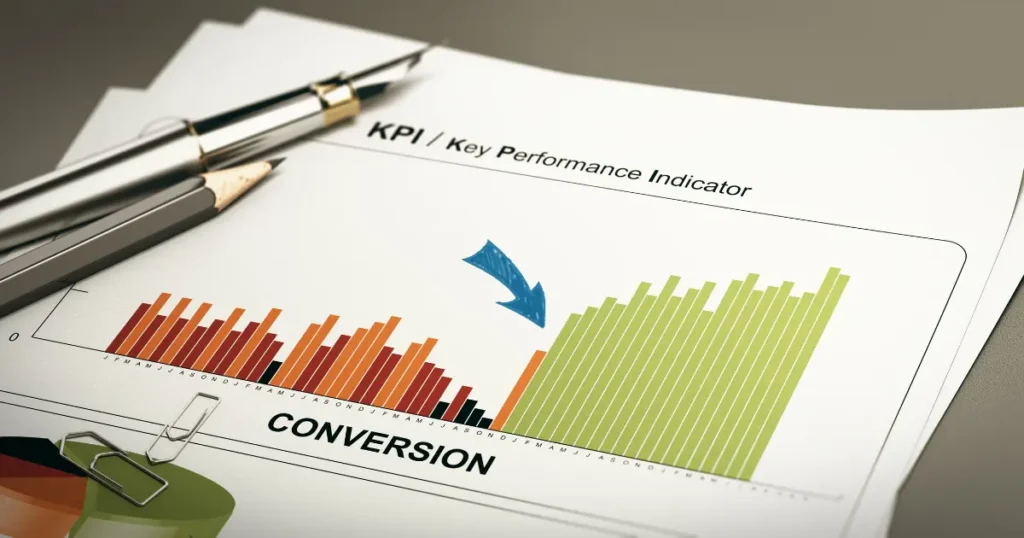
Now, here’s where the magic happens. When your landing page puts users first, your conversion rates naturally go up. That’s the real power of optimization. Strategic CTA placement, clean layouts, persuasive copy, and personalized content all work together to convince visitors to take action whether it’s signing up, making a purchase, or booking a demo.
But remember, optimization isn’t a one-and-done fix. It’s an ongoing process of testing, learning, and improving as user behavior and trends evolve.
3. Reducing Customer Acquisition Costs
When we talk about numbers, a high-converting landing page doesn’t just get results, it saves you money. When more visitors turn into customers, your cost per acquisition (CPA) drops. That means you’re squeezing more value out of every click from your Google Ads, social campaigns, or email blasts.
And the better your page performs, the more efficiently you can allocate your marketing budget elsewhere whether that’s scaling your ad spend or investing in content creation.
12 Best Tips And Ideas for Effective Landing Page Optimization
Now let’s break down 12 effective tips that can help you create landing pages that not only attract attention but convert.
1. Simplify Design and Copy
First things first, keep your design and copy simple. A cluttered design or walls of text can overwhelm visitors. Instead, go for a clean layout with enough white space, easy-to-read fonts, and clear messaging. Use visuals that support your content, not distract from it.
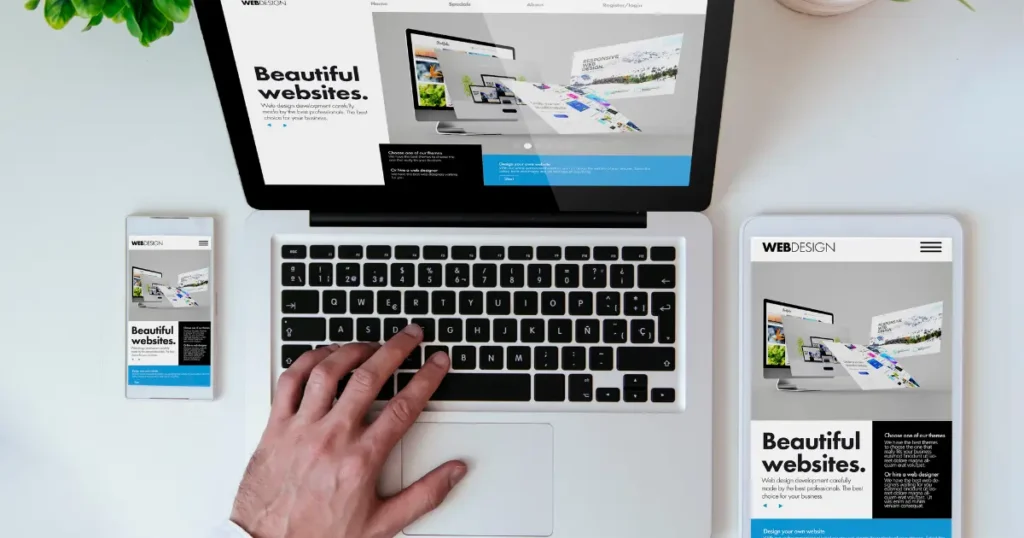
Speak directly to your audience’s needs in a tone they’ll relate to. At Techdella, we know firsthand how simple design and clear copy can boost engagement and guide users naturally toward your CTA.
2. Place Key Info ‘Above the Fold’
Your most important message including your headline and main call-to-action should be visible the moment the page loads. This area, known as above the fold, captures your visitor’s attention without requiring them to scroll. Make it count by showcasing value, trust signals, and your CTA upfront.
3. Utilize Analytics to Uncover Issues
Don’t guess the track. Use tools like Google Analytics or Hotjar to see how users interact with your landing page. High bounce rates or low engagement can reveal friction points. Monitor metrics like time on page, scroll depth, and CTA clicks to uncover what’s working and what’s not. Data-driven decisions are the backbone of effective optimization.
4. Create Clear, Actionable CTAs
Your call-to-action should be bold, direct, and impossible to miss. Use action-oriented language like Get Started, Download Now, or Claim Your Offer. Make it visually distinct with buttons or contrasting colors, and place it strategically throughout the page especially near key decision points.
5. Match User Expectations
If someone clicks on your ad promoting a 20% discount, your landing page better mention that discount right away. Consistency between your ads, email copy, or social post and your landing page content builds trust and minimizes bounce rates.
Misalignment, on the other hand, can instantly turn users away.
6. Use Contrasting Colors Wisely
Strategic use of contrast especially for buttons and CTAs can guide user attention and improve click-through rates. Make sure your CTA stands out from the background, but keep the overall palette harmonious to avoid visual overload. The goal is clarity, not chaos.
7. Add Trust with Social Proof
Visitors are more likely to convert when they see others have had a positive experience. Testimonials, reviews, logos of well-known clients, and trust badges all build credibility. Showcase real, relatable feedback near your CTA or signup form to boost trust and conversion likelihood.
8. Implement Exit-Intent Popups
If a user moves to leave your page, an exit-intent popup can be your last chance to win them over. Offer a limited-time discount, free resource, or gentle reminder of your core value. Done right, exit popups reduce bounce rates and recover leads that might’ve been lost.
9. Optimize Page Loading Speed
A slow page is a dead page. Nearly half of users expect a site to load in 2 seconds or less. Use image compression, minimize scripts, and enable browser caching to speed things up. A fast, friction-free experience not only improves UX but also boosts SEO rankings.
10. Use Limited-Time Offers to Drive Urgency
Fear of missing out (FOMO) is real. Use countdown timers, “limited stock” messages, or exclusive deals to nudge users into action. This strategy works especially well in e-commerce, webinars, and product launches in any scenario where time-sensitive decisions are key.
11. Optimize Your Landing Page for SEO
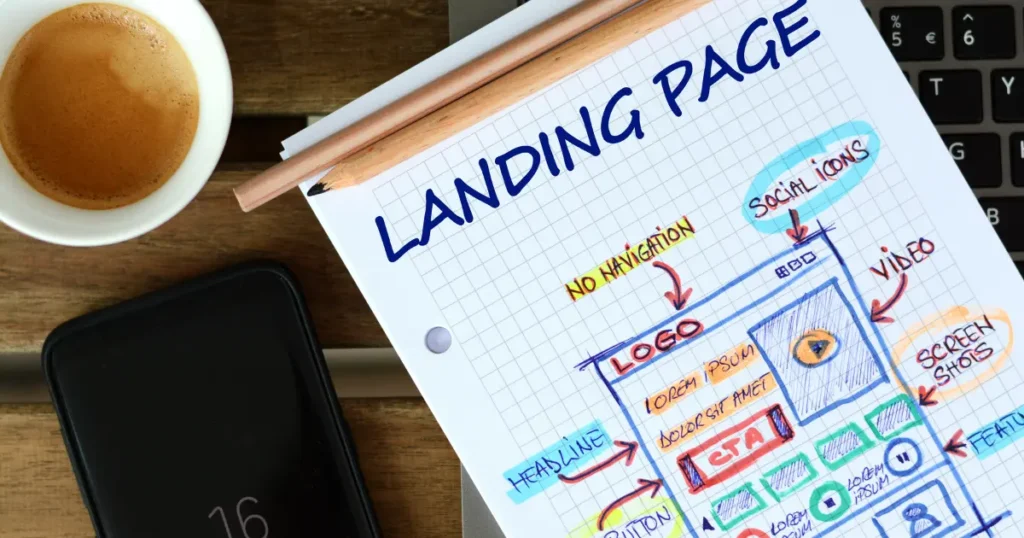
An optimized landing page doesn’t just convert, it gets found. Incorporate relevant keywords into your title tags, meta descriptions, headers, and copy. Ensure the page is mobile-friendly, loads quickly, and includes internal linking where relevant. Organic traffic is often the most cost-effective traffic.
12. Continuously Test with A/B Experiments
Finally, landing page optimization is never finished. Regular A/B testing allows you to compare headlines, CTAs, layouts, and more. Start small one element at a time and iterate based on performance data. Continuous improvement ensures your page stays aligned with audience behavior and market trends.
Frequently Asked Questions
Wrapping Up.....
Landing page optimization isn’t a one-and-done task, it’s a continuous process that plays a vital role in your digital marketing success. By applying these proven strategies, you’ll build landing pages that not only capture attention but also convert visitors into loyal customers.
Ready to take your landing pages to the next level? At Techdella, we specialize in crafting tailored solutions that turn clicks into real business results. Let’s work together to optimize your pages and grow your online presence, reach out today!
Related Marketing Strategies

How to Get a Free Domain Name: 10 Free Domain Name Sites
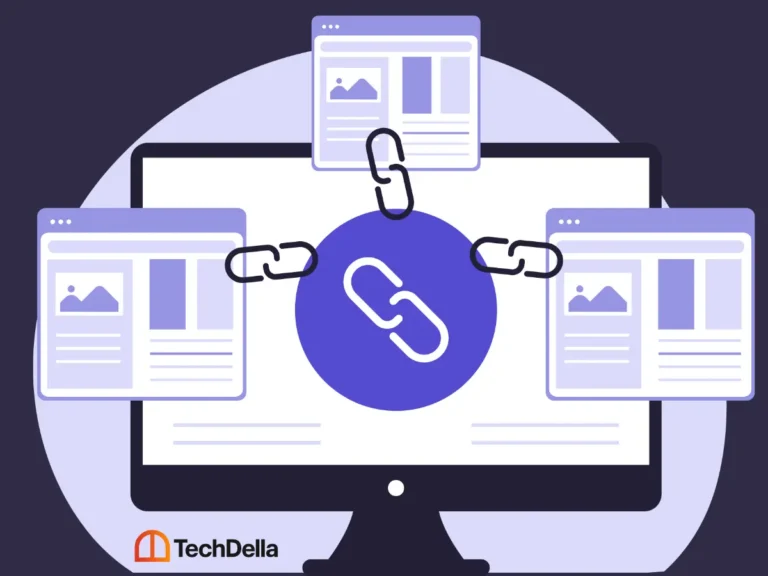
Link Building for Startups Using White Hat SEO Strategies That Work


